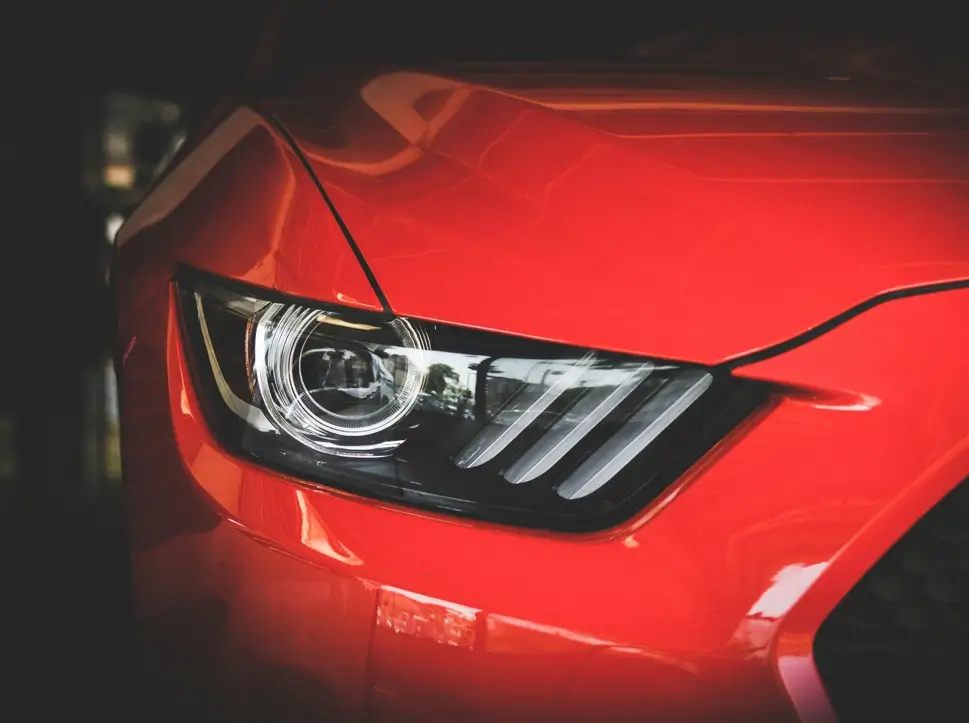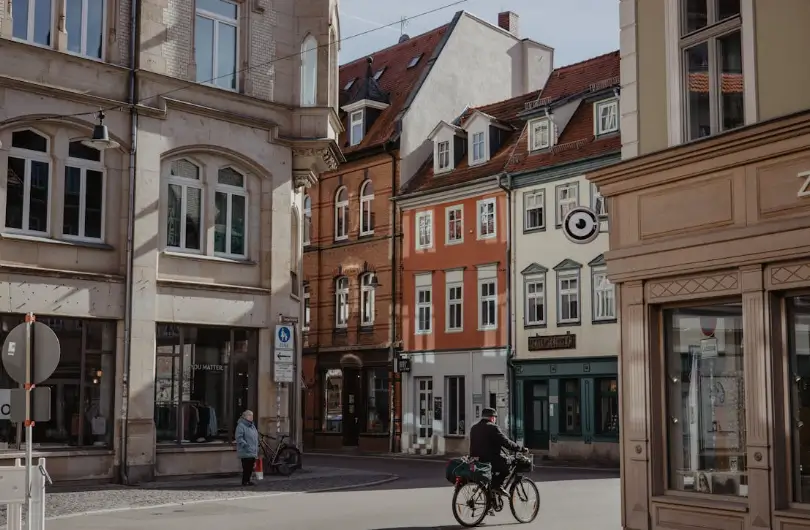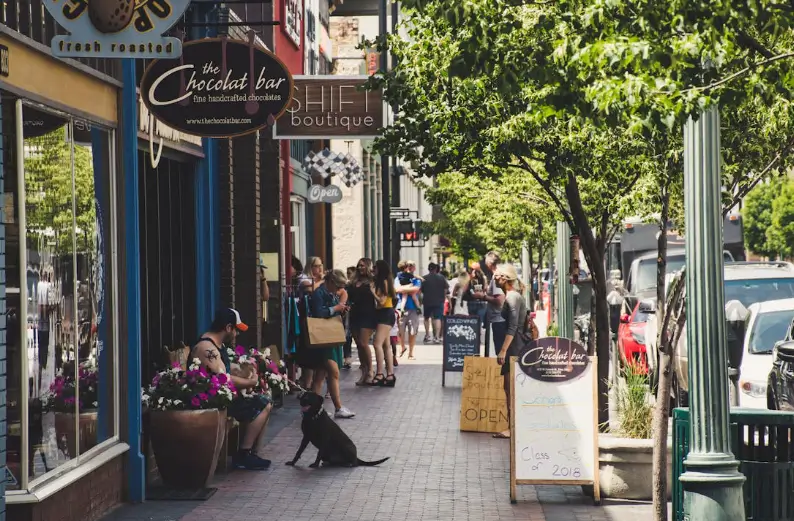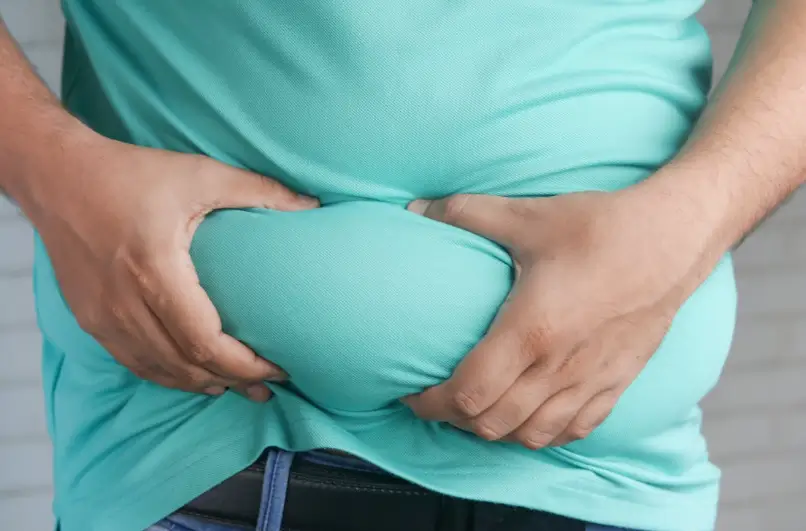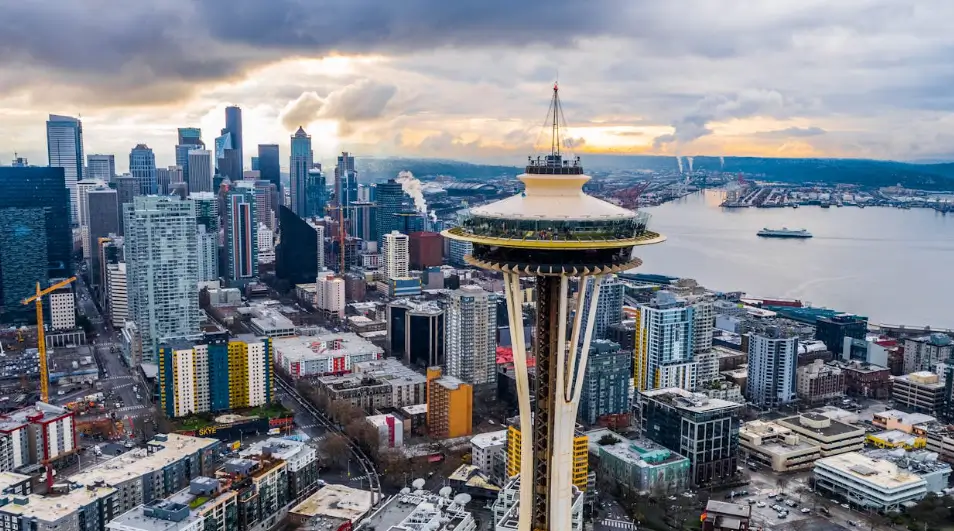A Car Doesn’t Give You Freedom
Driving equals freedom, right? At least, that's what the billboards, TV ads, and magazines say.
But when I sit down and think about it, I can't help but ask, "Does driving truly equal freedom?"
Sure, the car gives you range. You can go far relatively fast. But that freedom comes with terms and conditions: Gas money. Car payments. Insurance. Traffic. Parking. Maintenance. Accidents. Debt. Tickets… oh yes… tickets.
You’re not free; you’re on the hook.
No Car? No Chance.
And if you don’t have a car? You poor unfortunate soul! No freedom for you!
In most cities, you’re trapped in a system that assumes you can drive and punishes you if you can’t.
Can’t afford a car? Good luck getting to work... or anywhere else for that matter. Too old to drive? Hope your neighborhood has sidewalks and shade (spoiler: it probably doesn’t). Lost your license? After you've lost your mind trying to find it, you realize you’re isolated (unless you risk driving without a license, which I don't suggest you do). Teenager? Disabled? A parent with kids and no second car? That "freedom" suddenly becomes very exclusive.
We’ve built a society where your ability to participate hinges on your ability to drive.
That’s not freedom.
A System Designed for Dependency
Our dependence on the vehicle is so baked into our planning that most people don’t even realize it's a policy choice. Look at our streets—they're designed so that the car moves freely... or at least as freely as possible. Our neighborhoods are separated by zoning that keeps services far from the people that need them. Our transit system (for lack of better terminology) sucks. It’s underfunded, unreliable, or at times even non-existent. These are not accidents. They are the result of decades of planning that prioritized cars over people.
Freedom Shouldn't Be Fatal
And it costs us more than just time or money. It can cost us our very own life. Cars are responsible for over 40,000 deaths annually. That's not even including car-related injuries. Think about it. That's roughly one person out of 8,400 Americans. Every year. That’s about as many as gun homicides.
That does not sound like freedom to me.
Disconnected by Design
Aside from death… that sounds harsh… the car also robs our connection to people. You can’t just casually run into your neighbor at the gas station—and even in the off chance you do, you're more than likely in a rush to leave. You simply don’t build community from inside your car. We miss out on the incidental human moments that make places feel alive, feel like home.
Real Freedom Is About Options
When we talk about freedom in planning, we should be talking about options.
Freedom is being able to walk to the store. Bike to the library. Take a bus to work that actually shows up. Freedom is being able to leave your house without a vehicle and still get where you need to go safely, affordably, and with dignity.
And for those who do drive, freedom should include the option not to. Because even if you love your car, you probably don’t love being stuck in traffic. You probably don’t love paying hundreds of dollars a month just to keep your car insured, fueled, and maintained. You probably don’t love searching for parking, or sitting at a red light, or the stress of commuting. AAAAND… you definitely don't love seeing those red and blue lights on your rearview mirror.
Designing True Freedom
The car isn’t evil. But calling it freedom while building places that make it the only viable option? That’s a trap.
Real freedom is a network of choices. It’s infrastructure that supports walking, biking, and transit just as much as driving. It’s neighborhoods that mix uses so daily needs are within reach. It’s zoning that allows corner stores, duplexes, and bus stops in residential areas. It’s benches and trees and streetlights and curb cuts and crosswalks.
It’s the kind of planning that makes it possible to live your life—fully, richly, and independently—whether you own a car or not.
That kind of freedom doesn’t come from horsepower. It comes from design.
%20(1200%20x%20237%20px)%20(300%20x%2059%20px).webp)
